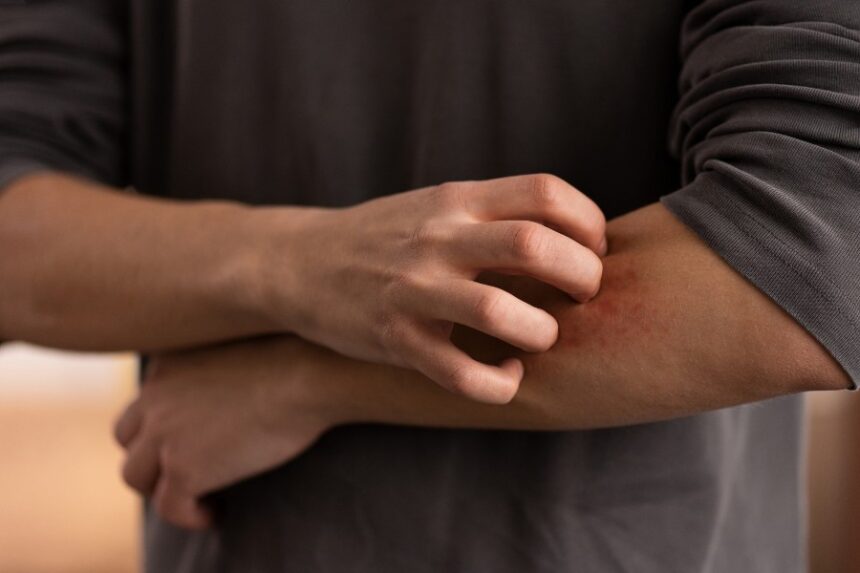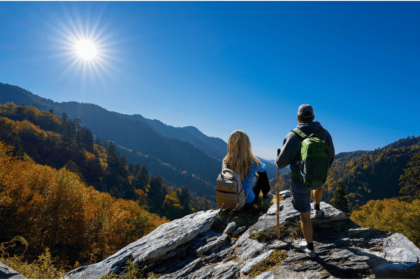Going for a long walk might seem like a peaceful activity, but it can be a silent source of irritation for the skin. As the distance grows, so do the chances of experiencing painful friction in sensitive areas. Chafing is not just uncomfortable; if not properly addressed, it can seriously hinder daily movement and fitness routines.
The Problem with Skin-on-Skin Friction
Friction occurs when two surfaces rub against each other, and during long walks, this can cause the skin to chafe, especially in areas of high friction. Areas like the thighs, underarms, under the chest, or on the toes are most at risk. Over time, repeated rubbing leads to skin irritation. Heat, moisture, and repetitive movement create the perfect storm for raw patches and burning sensations. Thus, the skin can become inflamed, red, and even break open in extreme cases. Sweat only adds to the problem, creating a slick surface that softens skin and increases vulnerability.
Chafing Isn’t Just a Summer Issue
Though high temperatures and humidity increase the risk, chafing can happen during any season. Layered clothing in winter can trap sweat and moisture, creating the perfect conditions for irritation. Tight pants or rough fabrics can aggravate the skin, even in cooler conditions. It’s not about the time of year. It’s about how well the body is protected during movement and how consistently that protection is maintained. Awareness and preparation are essential to prevent unnecessary discomfort during daily activities or long outdoor walks.
Why Standard Clothing Fails
Many assume that normal athletic gear or everyday fabrics are enough. Unfortunately, cotton traps sweat and doesn’t dry fast, leading to discomfort. Seam placement in traditional underwear or pants can rub against the skin with each step, especially during prolonged activity or in warm conditions. Even high-end workout gear can fail if not designed with anti-friction zones or sweat-wicking materials that properly manage moisture. It is not always about cost. The real priority is function, comfort, and how well the fabric supports movement while reducing friction throughout the day.
Quick Relief for a Common Problem
Once chafing starts, stopping the walk or activity is usually necessary. Cleaning the affected area with mild soap and water helps reduce further irritation. Applying a fragrance-free moisturiser or healing ointment can soothe raw skin. Wearing loose, breathable clothing until the area heals is also a must.
Specialised Anti-Friction Products Make a Difference
A better solution comes in the form of specially designed anti-friction wear. These garments are made with materials that breathe, stretch, and stay in place. They reduce friction by creating a smooth barrier over high-risk areas. Unlike standard shorts or underwear, these products focus on durability and body fit. Some are even designed for day-long comfort during walking, running, or travel.
These garments provide consistent protection without constant readjustment. For walkers and hikers who often experience discomfort, switching to specialised clothing can make a big difference in the experience. So, no more stopping mid-hike to apply cream or adjust your clothing.
Long walks should bring clarity and calm, not discomfort and irritation. Skin will be less likely to chafe with the right clothing choices and proper skincare. Recognising the triggers and investing in reliable, purpose-built gear leads to a more enjoyable walking experience. Protecting the skin is not just about short-term comfort. It is a step toward long-term wellness and uninterrupted movement.




